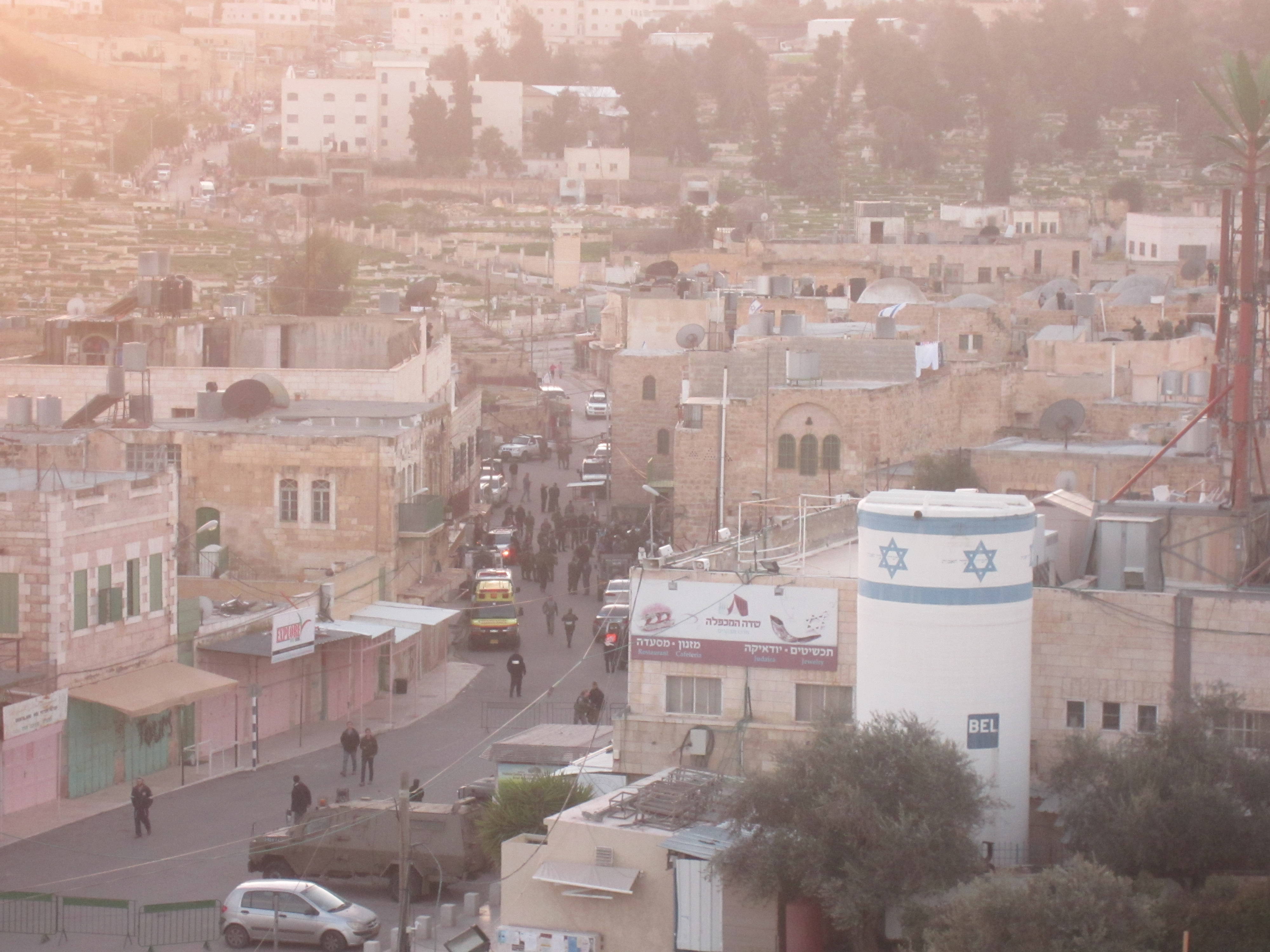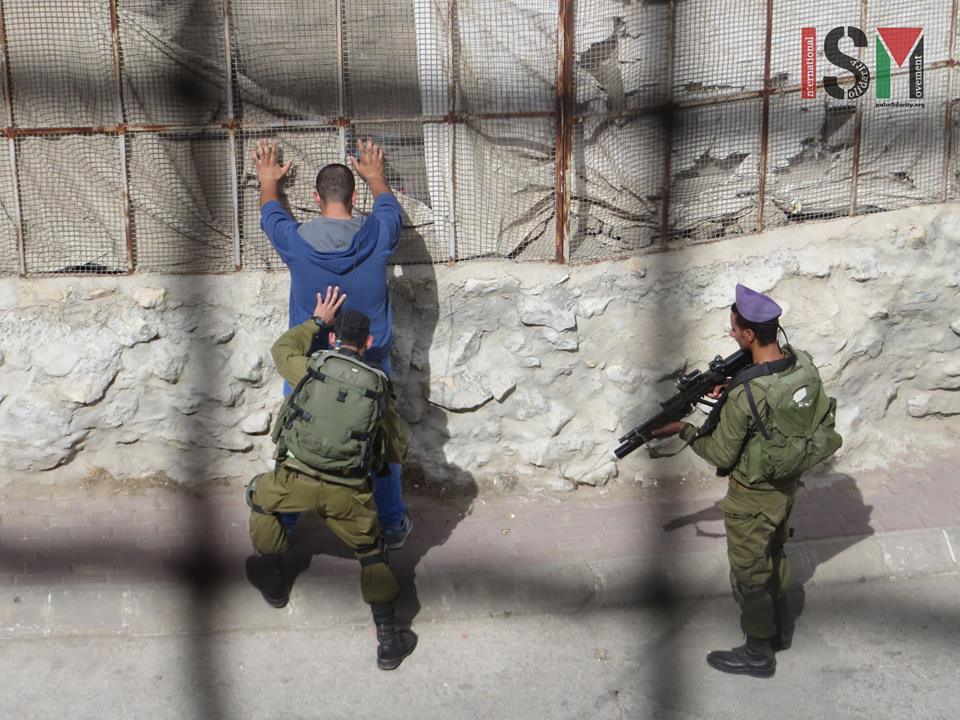Category: Features
-
Illegal settlers violently take over two Palestinian houses near the Ibrahimi mosque in Hebron
21st January 2016 | International Solidarity Movement, Al-Khalil team | Hebron, occupied Palestine On 21st January 2016 Israeli settlers from the illegal settlements in occupied al-Khalil (Hebron) gathered in Shuhada Street. From here the settlers went into the Old City of Al-Khalil, where they broke into two houses on al-Sahla Street near the Ibrahimi mosque…
-
Israeli forces rebuild roadblock in Kafr Qaddum
16th January 2016 | International Solidarity Movement, Tulkarem team | Kafr Qaddum, occupied Palestine On the 16th of January, Israeli forces shot a young protester with live ammunition while the villagers of Kafr Qaddum were protesting the theft of their land. The Israeli military also rebuilt a roadblock, restricting the movement of the villagers even further.…
-
TAKE ACTION to end the closed military zone in Hebron
19th January 2016 | Action Alert ISM is currently working to expand the campaign to put pressure on Israeli authorities to heed the demands set forth in the Action Alert, which over 35 organizations have now signed calling for an end to the closed military zone in Tel Rumeida, Hebron and for Israeli authorities to abide by…



